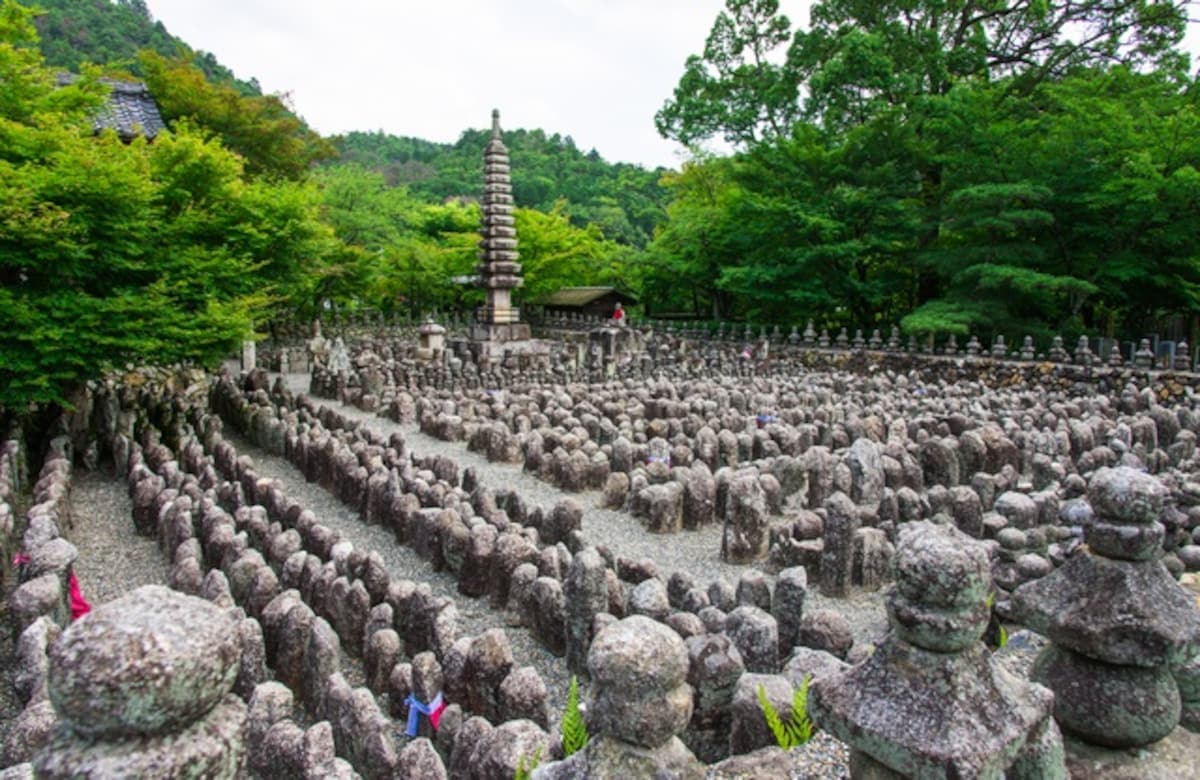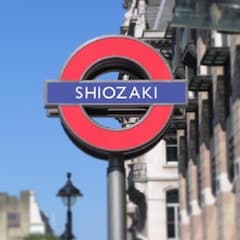Fun & Weird Temples in Kyoto
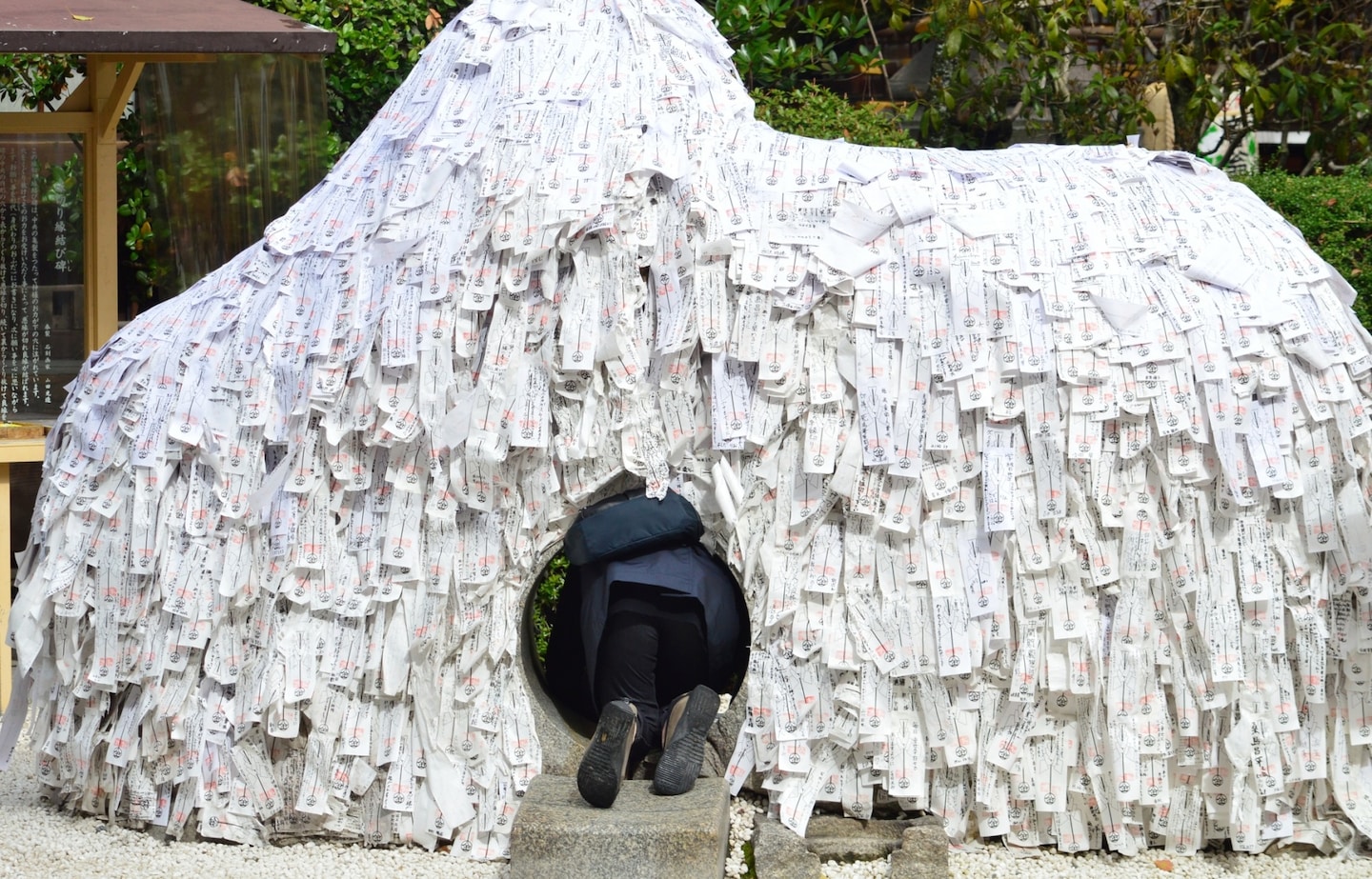
What do you know of Kyoto? You might have seen Kinkakuji, Gingakuji, Arashiyama and all the well-known spots. But now what? Follow us on a little journey to a few fun Kyoto spots that you'll rarely see on any tourist list!
By Thomas Shiozaki4. Tandenan Temple (単伝庵)
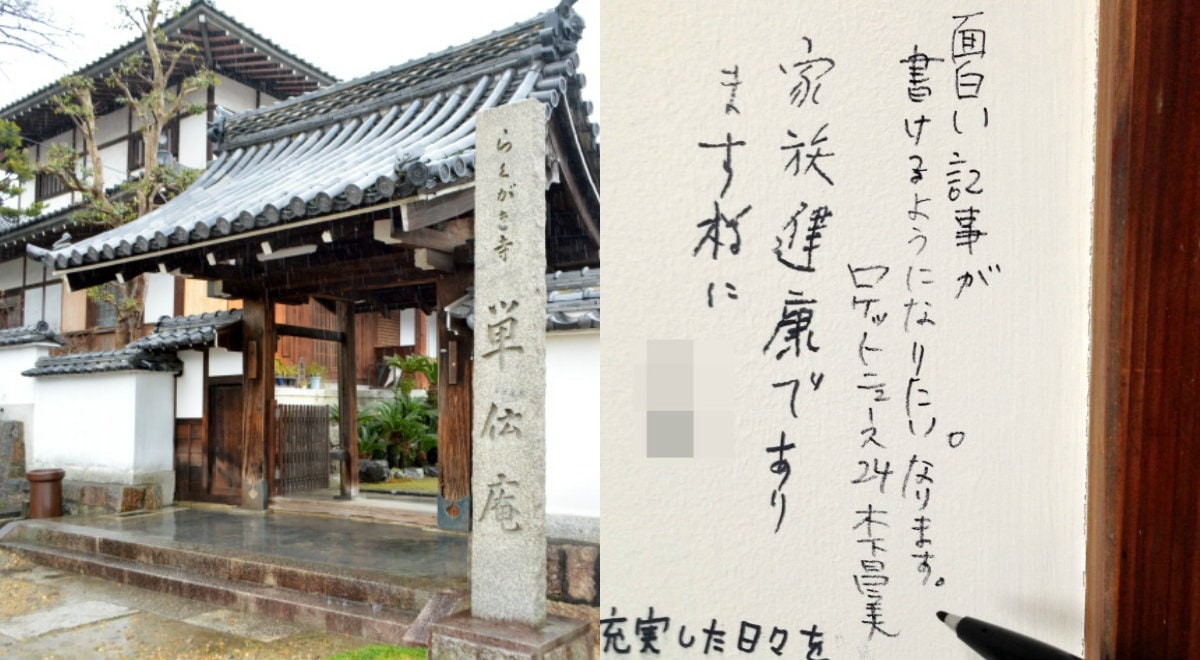
http://en.rocketnews24.com/2016/02/06/graffiti-temple-in-kyoto-where-visitors-are-encouraged-to-deface-the-walls/
This temple is located far to the south of central Kyoto, but is definitely worth a visit because you can write graffiti on its walls! Of course, if you write graffiti on any of Japan's other temples and national treasures, you'll be getting yourself in deep trouble. So what makes this place different?
Some decades ago, many of the local people contributed to the renovation of the temple's Daikokudo, a chamber dedicated to the god Daikoku-sama. In thanks, the head priest allowed the locals to each write a wish on the walls for the god to grant, and the tradition continues to this day.
Since it's common for people to write their wishes on ema wooden placards at other temples, maybe this custom isn't so odd after all. Just don't try it anywhere else! The temple is also known as Rakugaki-dera, or "Graffiti Temple."
3. Mikami Shrine (御髪神社)
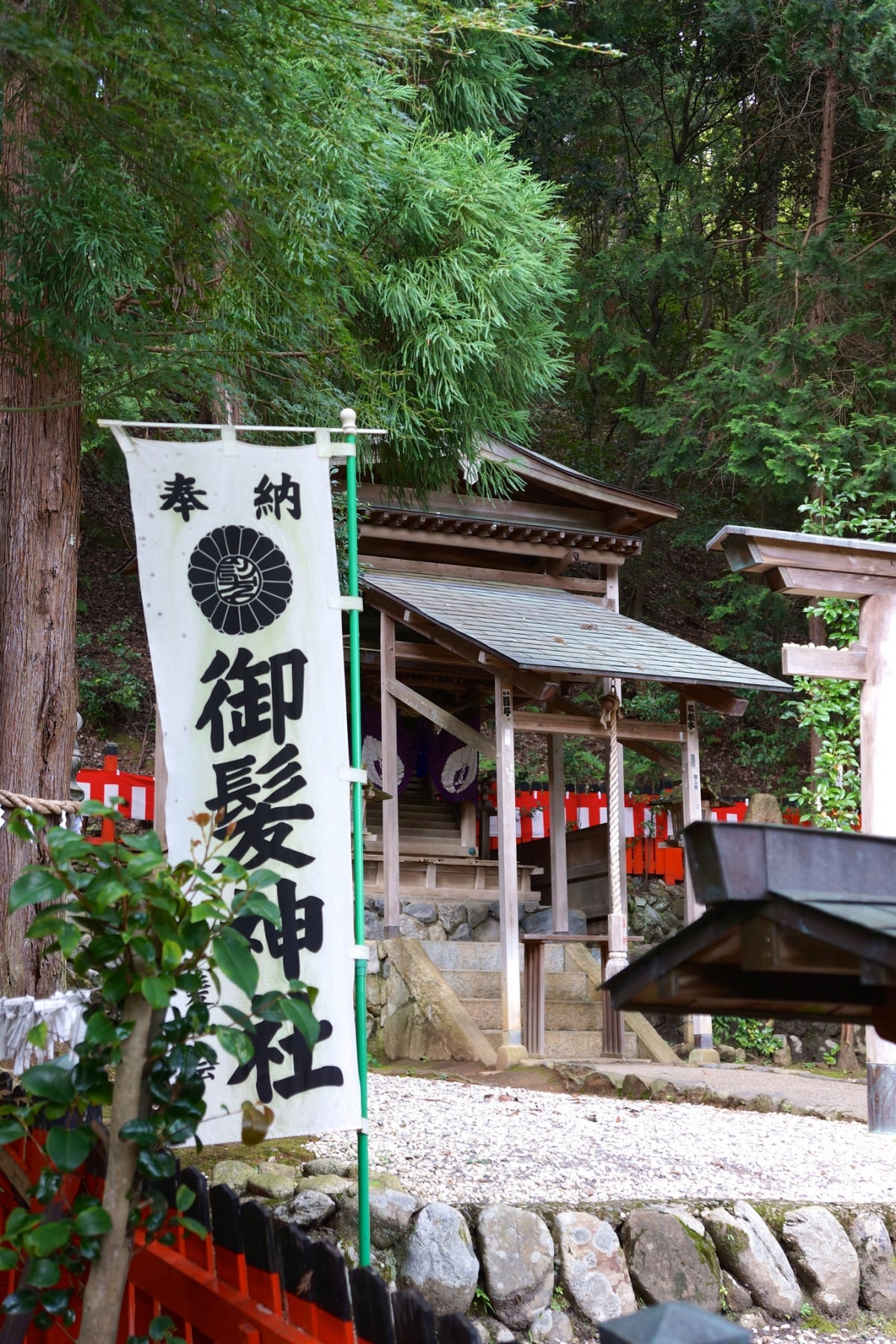
https://www.flickr.com/photos/inucara/15128754662/in/photolist-paszqK-oLq2vN-p3SPFC-p3DpFD-oLqBhd-oLqzTS-fy46FT-PKhfi5-PMQ7n
The Shinto tradition believes that kami, or gods or spirits, exist in everything—including your hair! And no joke, there is actually a shrine for maintaining your beautiful hair located in Arashiyama, right next to the bamboo forest.
Claiming to be Japan's only hair shrine, Mikami Shrine was established in 1961 to commemorate Fujiwara Unemenosuke Masayuki, who is seen as the father of hairdressing in Japan. He is said to have taken up his craft on December 17, 1268; his father was cremated on August 17, 1278; and he died on July 17, 1335. Thanks to the confluence of all these 17s, Japanese hairdressers have traditionally taken the 17th off each month to remember their ancestors.
Of course, if you're not a hairdresser, you can just visit to pray for a good head of hair—or to keep the one you've got!
2. Yasui Konpiragu Shrine (安井金比羅宮)
Despite being located just off the path between Yasaka Shrine and Kiyomizu-dera, this shrine isn't very well known among tourists. However, it's known among Japanese people as a power spot for relationships, or en (縁). At this shrine, not only you can attract good en (a.k.a. love), but you can also cut off bad en ASAP!
The key is a massive power stone on the shrine grounds, called the Enkiri-Enmusubi Ishi (縁切り縁結び碑, the "en-cutting, en-connecting stone"). It's believed to have the power to create good relationships, or help you break off bad ones. You pay your respects at the shrine sanctuary, write your wish for the relationship you'd like to have or end on a katashiro (形代) substitution charm, then pass through a circular hole in the stone from front to back and back to front before affixing your katashiro to the monument.
So many people have visited for better luck in love that the monument is completely covered in katashiro! Even if you don't believe in the en thing, a photo of the big stone is sure to be an Instagram hit!
1. Adashino Nenbutsu-ji Temple (あだしの念仏寺)
Cradled in the hills just northwest of Arashiyama, this temple isn't visited so much due to its somewhat remote location—despite the fact that it's quite well known for its appearances in suspense dramas. What makes this temple stand out from others in Kyoto is the presence of some 8,000 memorial stones for those who died without relatives to remember them. This was once a grisly site where bodies were abandoned in the open air, but in the ninth century the monk Kukai (also known as Kobo Daishi) had them buried and memorial stones erected. The monk Honen added a prayer hall in the 12th century.
The temple can be found at the end of Saga-Toriimoto Preserved Street, a narrow lane lined with traditional machiya townhouses dating back to the Meiji Period (1868-1912). Here you'll find a quiet spot without throngs of tourists blocking you for a selfie. Give it a look before everyone else discovers it!



